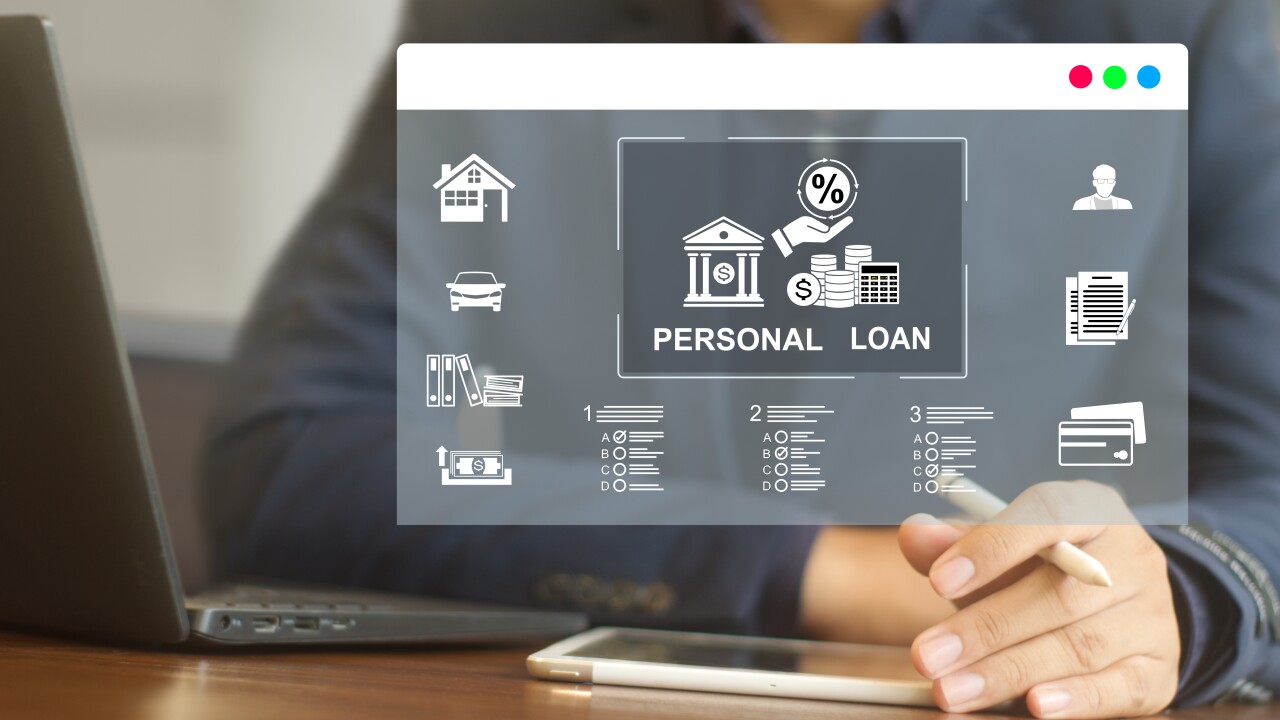Business development companies, the most visible pocket of the $800 billion private credit market, face more dividend cuts and possibly even restructurings later this year after the Covid-19 pandemic has bruised their portfolios.
The companies this month released results for the quarter ended March 31, and the industry saw steep drop-offs in the value of investments and other headwinds caused by the new coronavirus. BDCs that wrote down the loans they own by about 6.5% ended up posting declines in their net asset value per share ranging between 6% and 30%, according to JMP Securities analyst Christopher York.
Those writedowns make it harder for the companies to continue paying out as much to investors, York said. More than a dozen BDCs, including FS KKR Capital Corp. and New Mountain Finance Corp., slashed their dividend payments recently.
In July, ahead of the next round of earnings “you may see some other BDCs that haven’t done so reduce their dividends,” York said in an interview. Lower dividends can punish BDCs, whose shareholders are often seeking income. BDC share prices fell an average of around 45% in the first quarter on investors’ expectations of dividend cuts.
Requests for comment from FS KKR and New Mountain weren’t immediately returned.
In focus for many market watchers is how BDCs are contending with their own debt loads. Capitala Finance Corp., for example, said in early May it couldn’t draw on its senior secured credit facility due to its non-compliance with covenants.
In an email, Capitala Chief Executive Officer Joseph Alala said the BDC has sufficient liquidity, due to its $55 million in cash and a new small business investment company license that allows it to borrow up to $175 million from the U.S. Small Business Administration at maximum leverage with funded equity.
Ryan Lynch, an analyst at Keefe, Bruyette & Woods, scrutinized BDCs’ financials to evaluate how well the companies could weather the pandemic. Those that will fare best, according to Lynch, are those that have the lowest leverage; with the highest percentage of liabilities in unsecured debt, which provide more financial flexiblity; that have a high level of undrawn credit facility capacity and lower amounts of unfunded commitments.
“That puts you in a better position to not only survive this downturn but also to take advantage of deals at the bottom,” Lynch said.
For the second quarter, analysts will be watching to see how much portfolios recover from mark-to-market losses. Investors may be even less forgiving than they were for the first quarter.
“I think the scrutiny will kick up in the second quarter,” said
Investors will watch results closely for signs of more losses brewing in companies’ portfolios. This trend could play out over the rest of the year, said JMP’s York.
“The second quarter you should see significant accelerations in non-accrual investment and then in the third quarter you should expect to see some restructures -- that will be the sequence,” York said.





